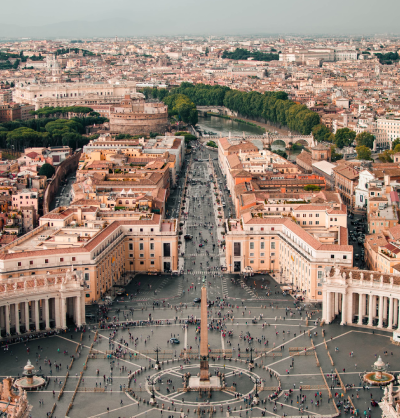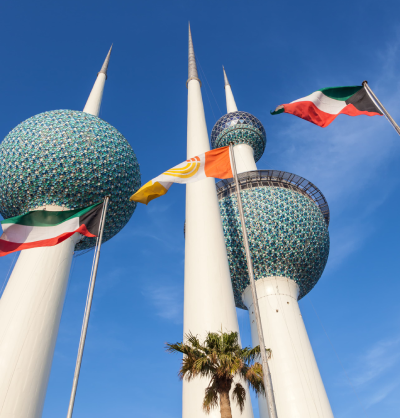BY JASMINA AMETI – Terrorism, violence and sectarianism shape Western perception of the Middle East. According to the author, Bessma Momani, a specialist in foreign policy and economy of the Middle East, there is a lot more behind the story of the Arab countries. Momani sees the biggest potential in the Arab youth, young people full of hope, striving for economic, social and political progress in the region. The Arab youth should be looked at as the main driving force behind changes in the Arab region, that are taking place alongside processes of globalization and modernization. The youth is looking for leaders who will deliver prosperity and return confidence to the future of the Arab society. As a consequence of the Arab Spring in 2011, the Arab population had to face many challenges such as cultural polarization, sectarian conflicts, discrimination and stagnatiom on both economic and political level. However, the Arab youth is still dreaming to be the fuel which would secure a prosperous future of the region. Young people in the Middle East are sick of empty promises. They want change.
In terms of its structure, the book is very well written. It gives the reader an opportunity to understand why the author perceives the Arab youth as the most important driver of the change in the region. Momani emphasizes how the international financial crisis accompanied by a rise in inflation, determining the decrease of wages and increase of prices, influenced most Arab countries. Thus, in the first chapter, ‘Introduction’, the author described the youth as a part of the population who differs from one state to another but jointly depends on global economy and social values. In the second chapter of the book, called ‘Bread’, Momani argues that education opens the door for young people seeking better life, and that this is especially true for women. It is understandable that the author, herself a woman, discusses the phenomenon of women’s education, life traps and opportunities in the Arab countries. For most women, education opens more opportunities and therefore makes them less dependent on men. Many Arab young men, who participated in a cross-national survey, conducted by Momani for this volume, said that women should take care of houses and children. According to the author, young women in the Arab world want to be independent and educated while being married and hence pose challenges to regional society norms. Due to high unemployment in the region, young Arabs pursue higher education as an accelerator. The Arab world, argues the author, should rely on the youth in order to boost its economy. Young people in the Arab world blame socio-cultural differentiation for stagnating economic and political progress. As it is pointed out in the third chapter called ‘Freedom’, young Arabs think differently than the elderly. The former are very much engaged in civic issues, especially thanks to the spread of technologies and access to information sharing, exposing them to a wide range of ideas and opinions on different socio-political concerns. Nowadays, young people in the Arab region have the opportunity to access various tv channels and political shows that talk about governments and their failures, providing information about political and social events. Thus, a critical conscience has developed with regards to issues of nepotism, corruption, unemployment. In the fourth chapter, called ‘Identity’, Momani discussed identity issues emphasizing how modernity and tradition can go hand in hand. Most Arab youth have strong faith in Islam, however they feel religiosity has been transformed in a political tool or a tool for societal control. Young people of the Arab world, mainly women, claim that wearing the hijab should be their personal choice. However, many times women wear a hijab to avoid public harassment or pressure from their families. Because of the increased mobility of young Arabs, multiculturalism and foreign cultures have reached Arab societies and it is not unusual to see a woman wearing a hijab and blue jeans. Migration can also play a role. Today, many young Arabs living in the West maintain close relations with home and people are more interlinked thanks to new technologies and telecommunications. Young Arab people are exposed to different cultures and values and at times act as transmitters to bring those back to the Arab society. Momani therefore views the Arab youth as having a positive impact not only on the Arab region but also on Western countries, in a kind of circularity. In spite of its comprehensiveness, there are two critical points lacking and that might further enhance this book. First, the author never referres to Arab migrants having a negative effect on Western societies. Yet many Western countries are struggling with radicalisation of migrants in the form of extremism and violence. Second, in the beginning of the book, Momani makes a connection between the Arab world and terrorism, but she could go deeper and analyse why is it so and how Arabs perceive this ‘’label’’.
The book was written in a way to offer suggestions for governments to find solutions, especially in the conclusion chapter, putting emphasis on development of telecommunications, infrastructure, banking and engineering to provide more job opportunities for the Arab youth. Probably the most important suggestion by the author is the fact that governments must forget about ethnic, religious and identity differences and engage young people in socio-economic and political decision-making. Momani demonstrates that the biggest positive change to the Arab countries is dependent on the youth and that they should be given more opportunities to engage with government decision-making. This book can be used as an outlook for future surveys and for scholars who want to contribute to the topic of Arab countries’ development mainly from the social perspective. It provides deep analysis about how the youth in the Arab region pursue their dreams through achieving higher-education, however they are not provided with sufficient range of employment opportunities and therefore choose migration as a way out. This work is essential to understand the inside dynamics of the Arab population, and their impact on the region and the West.








